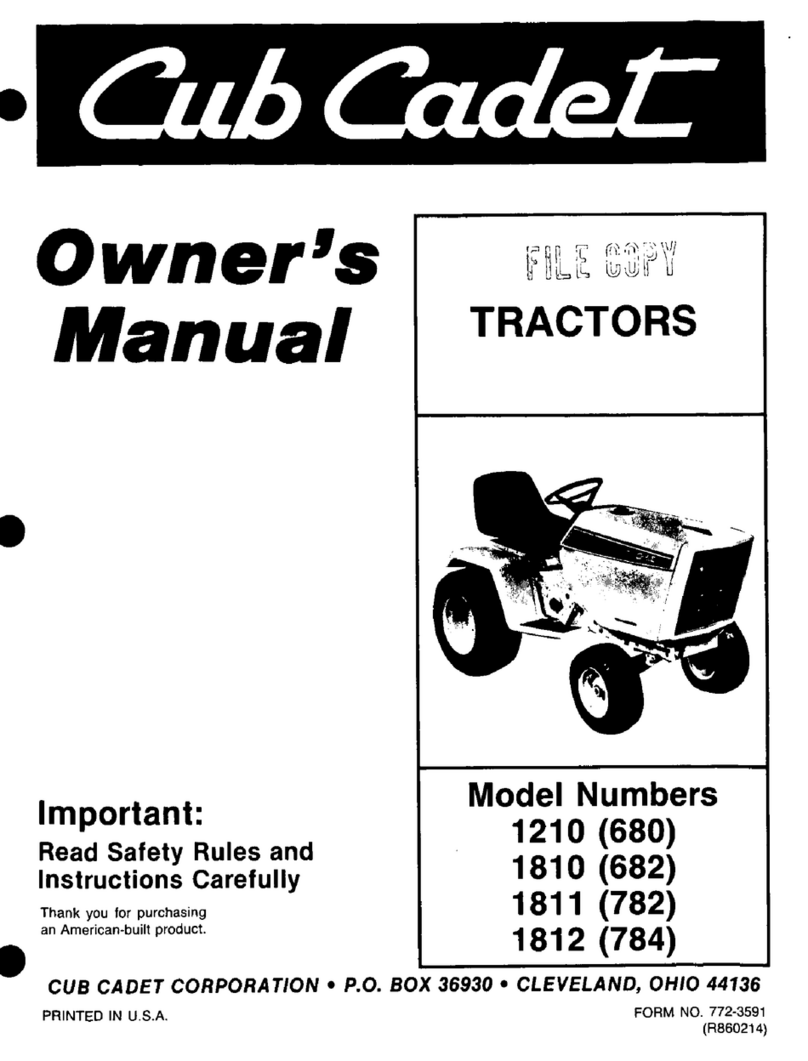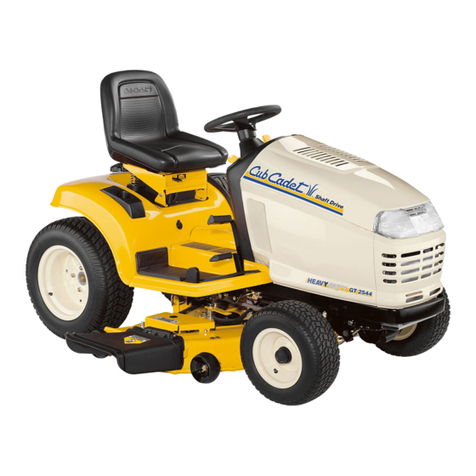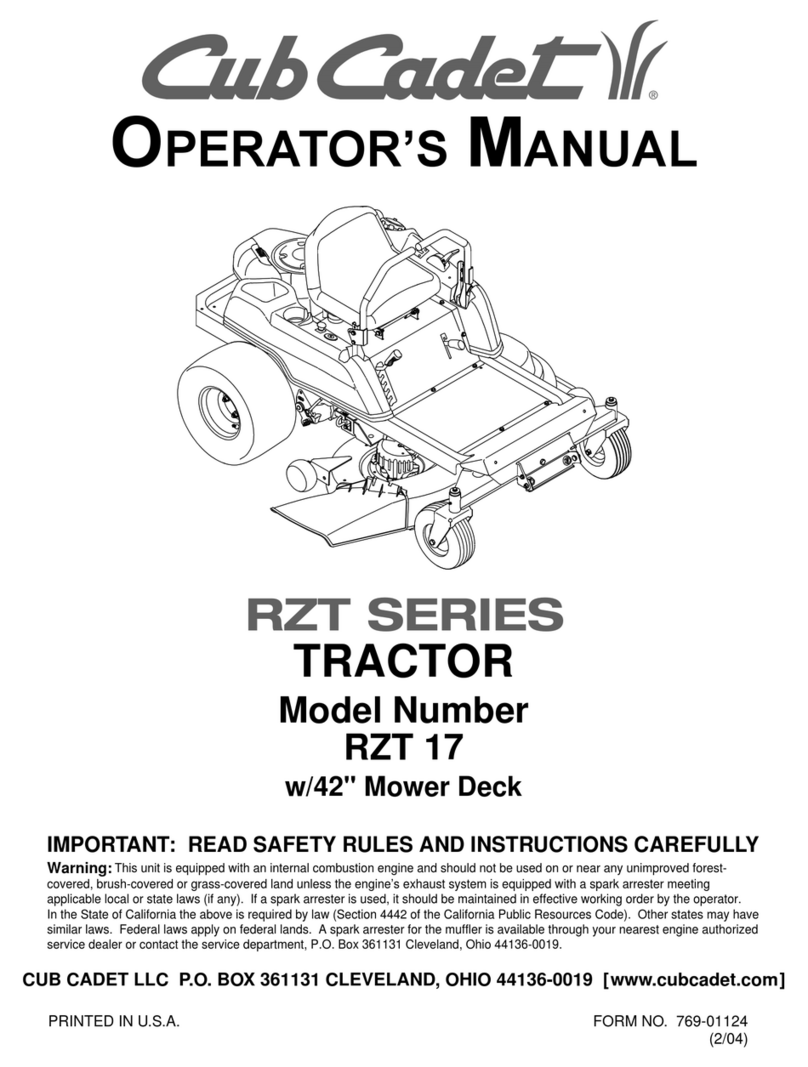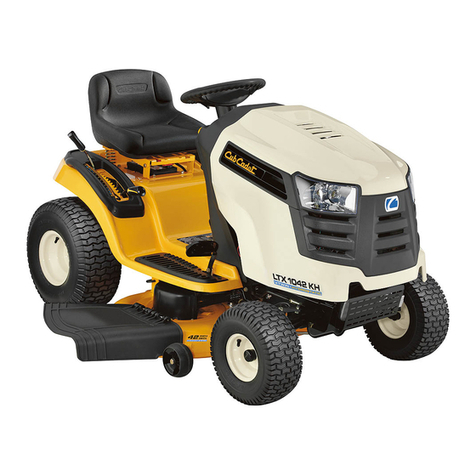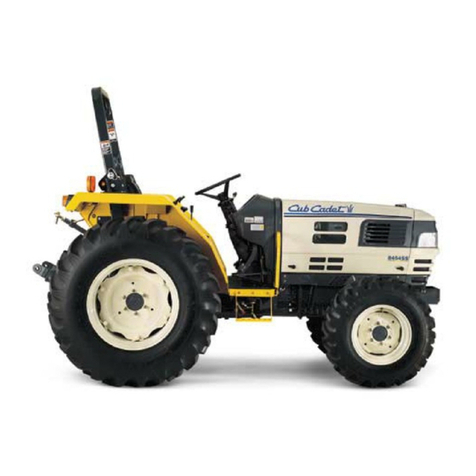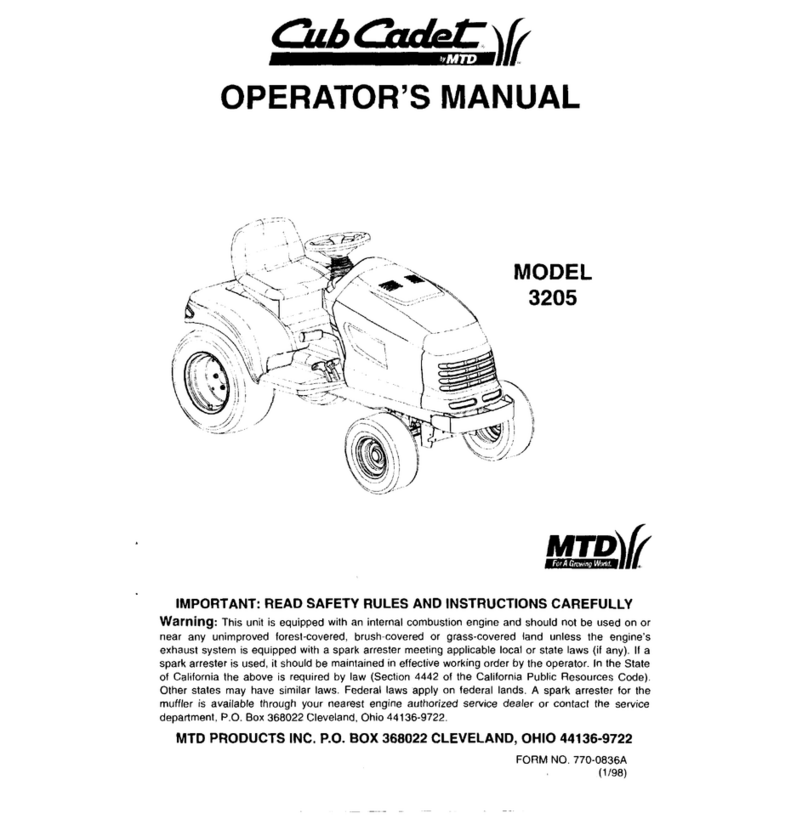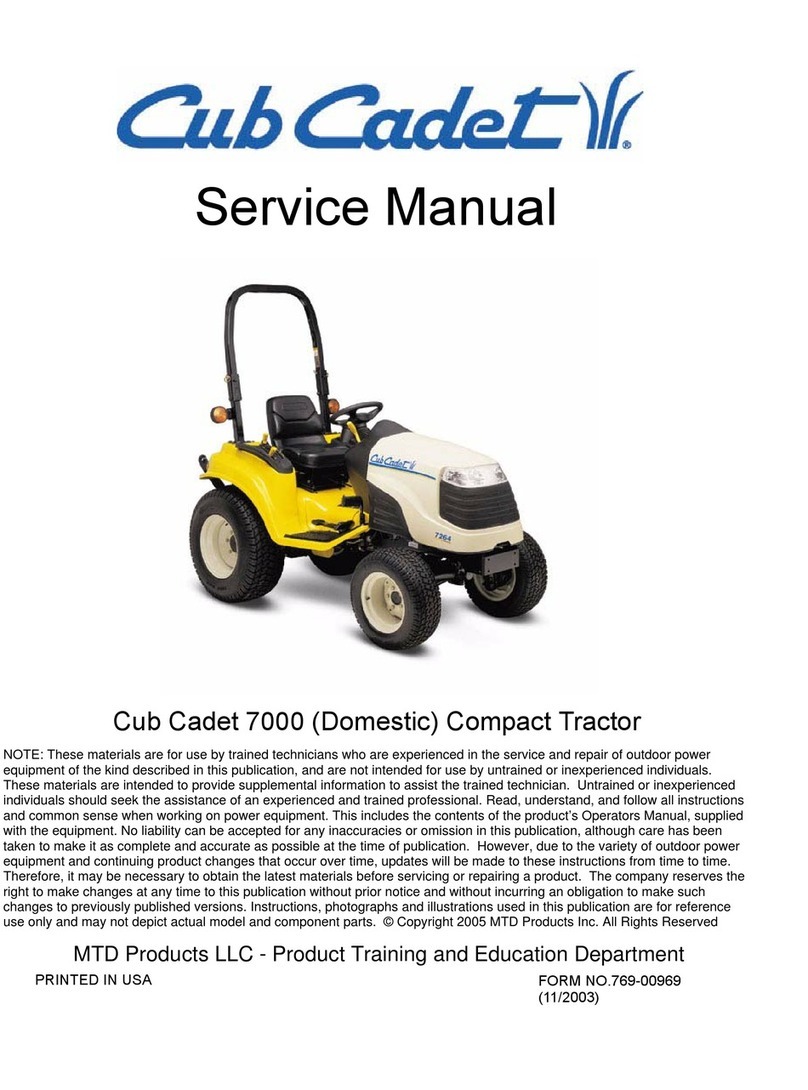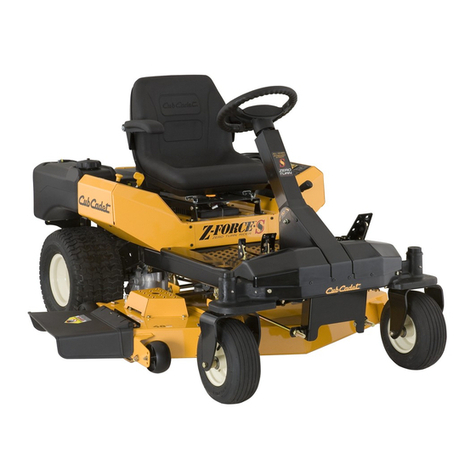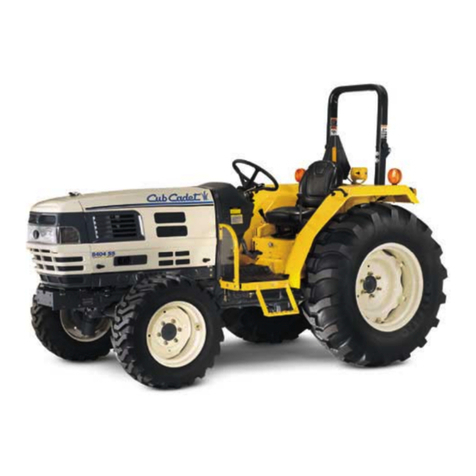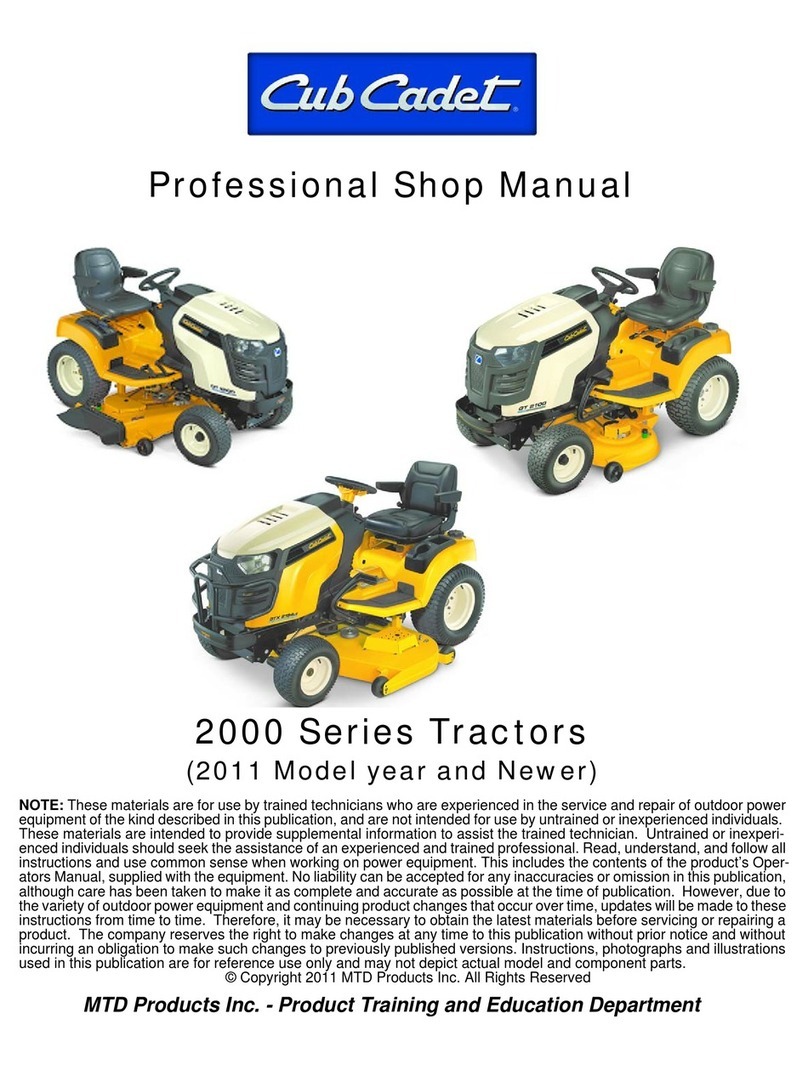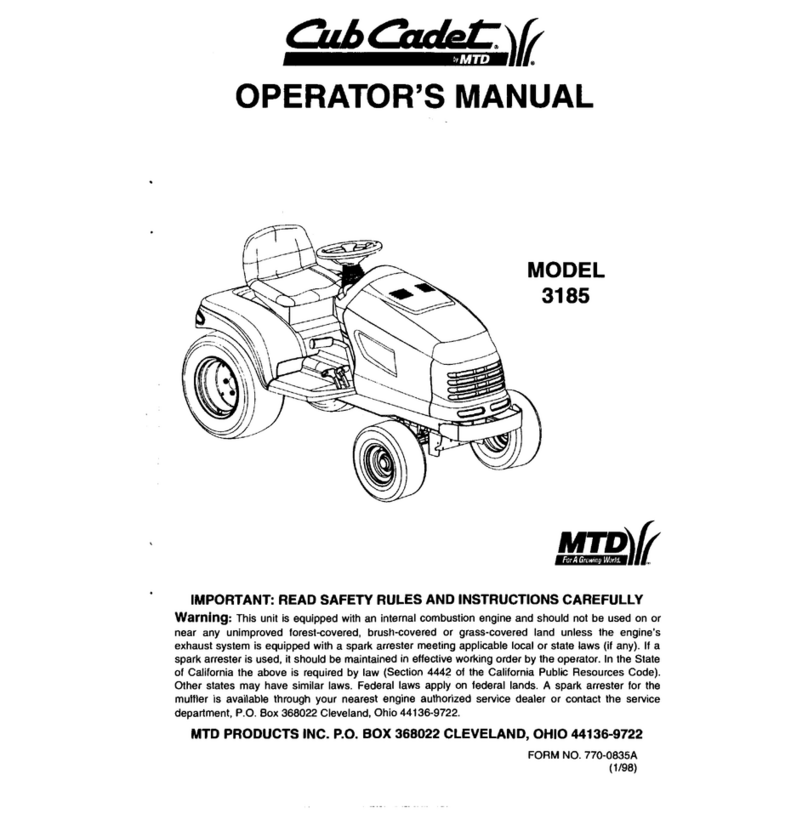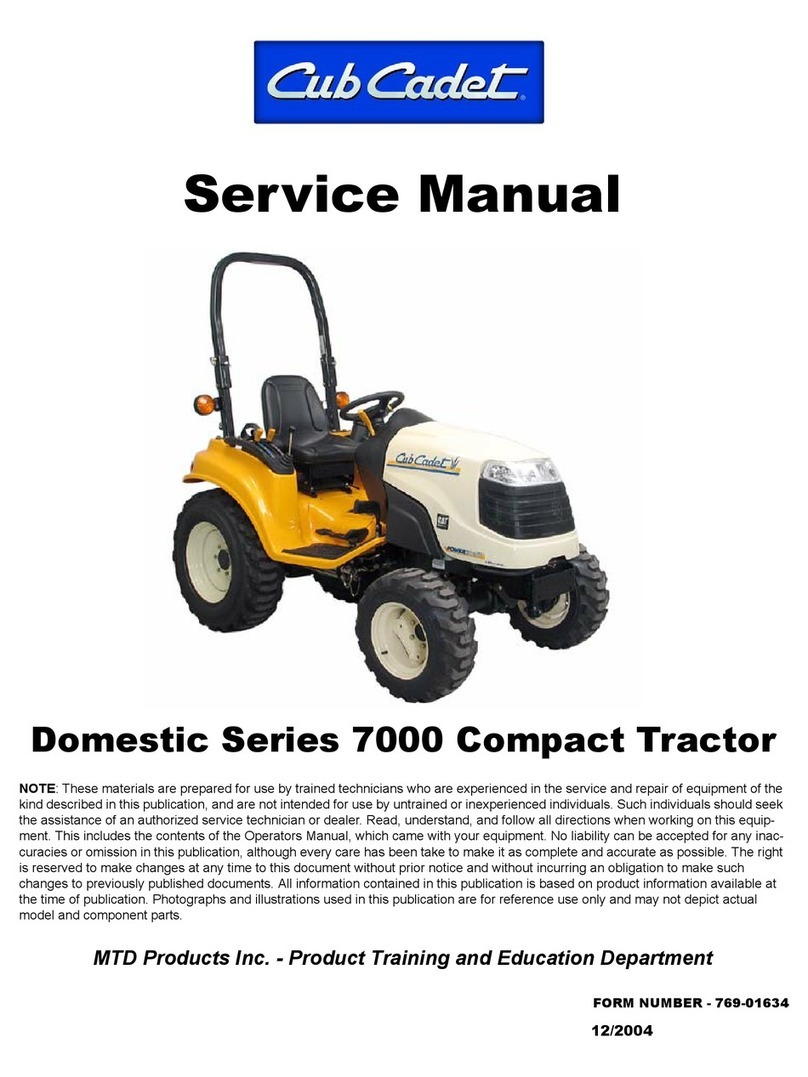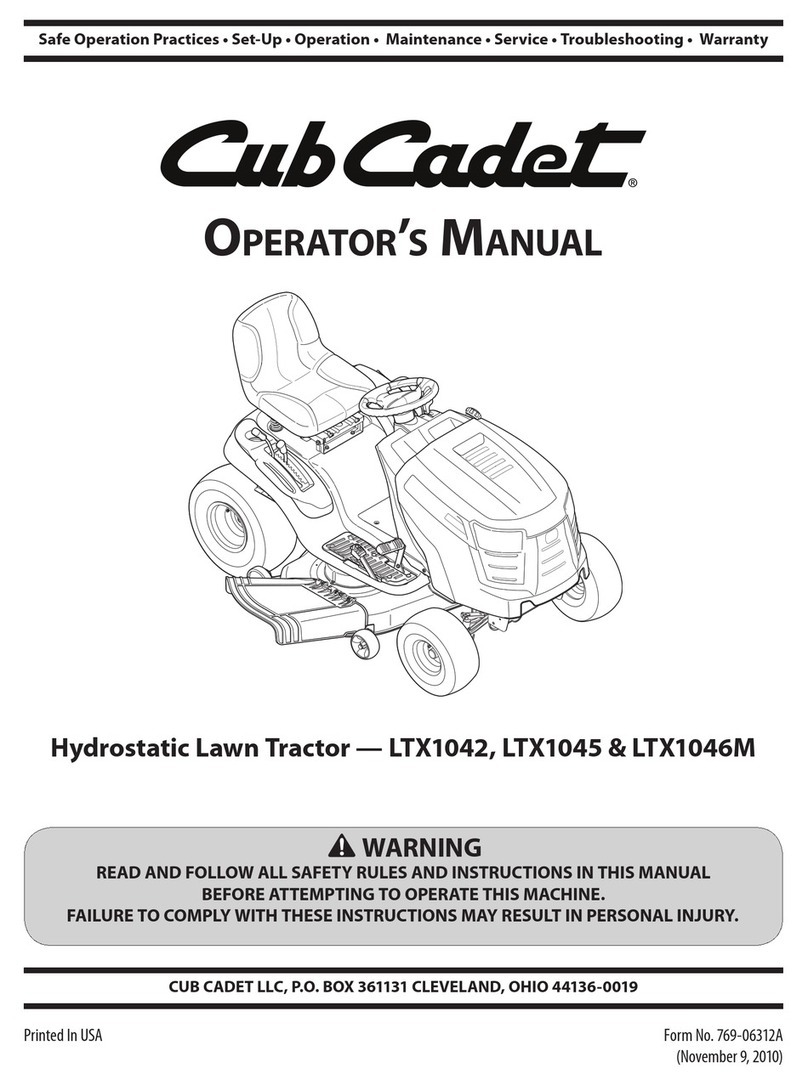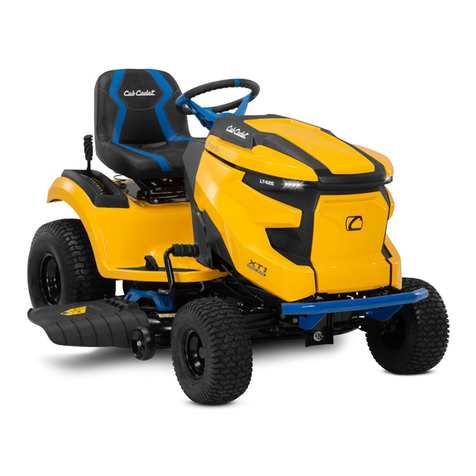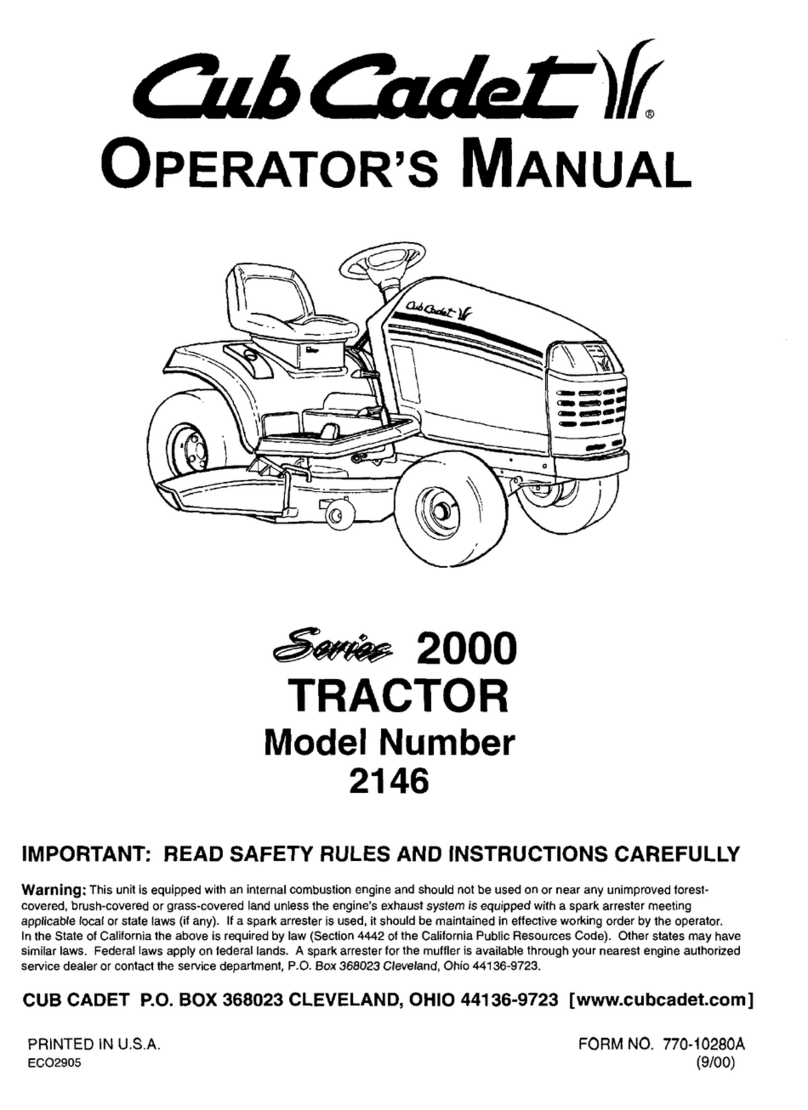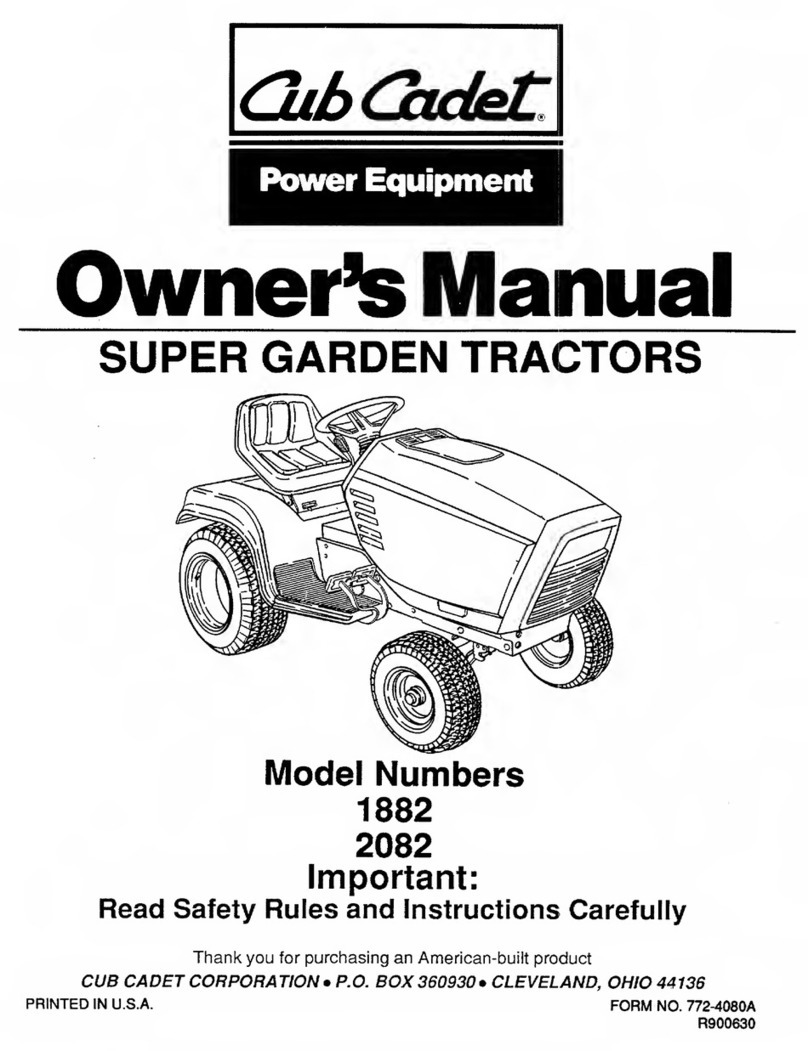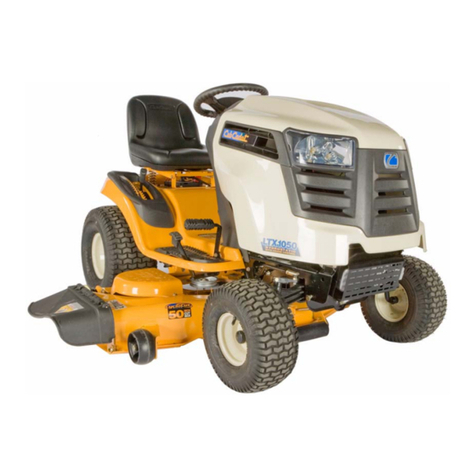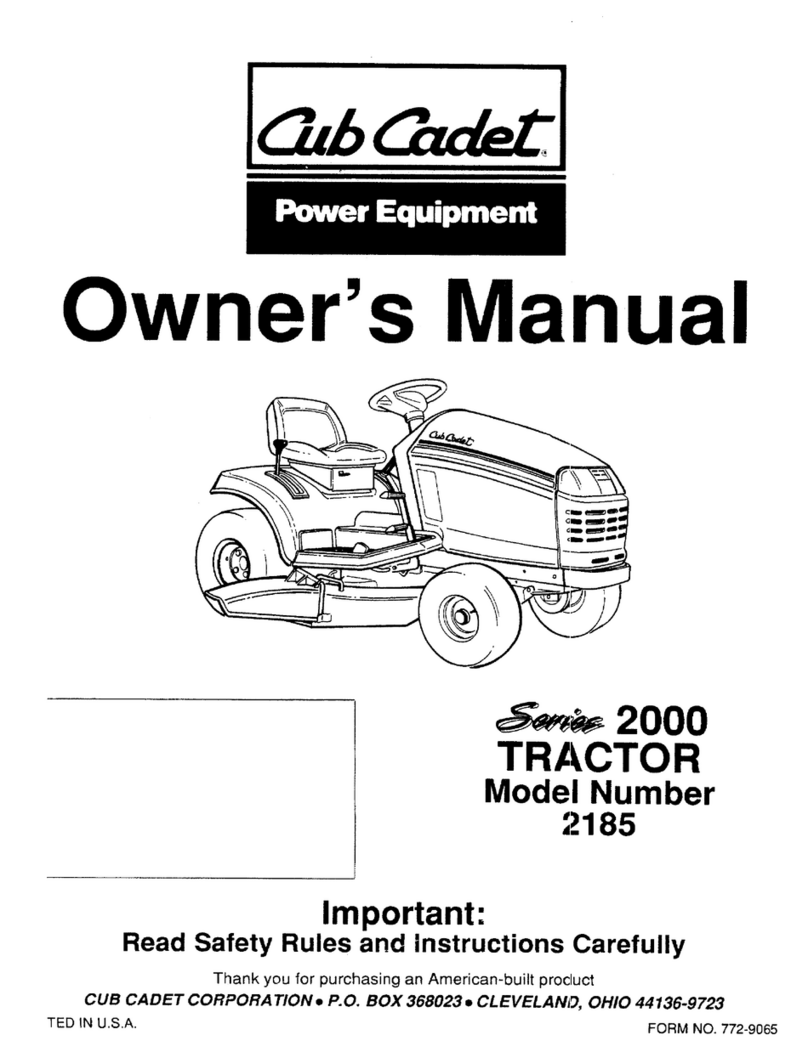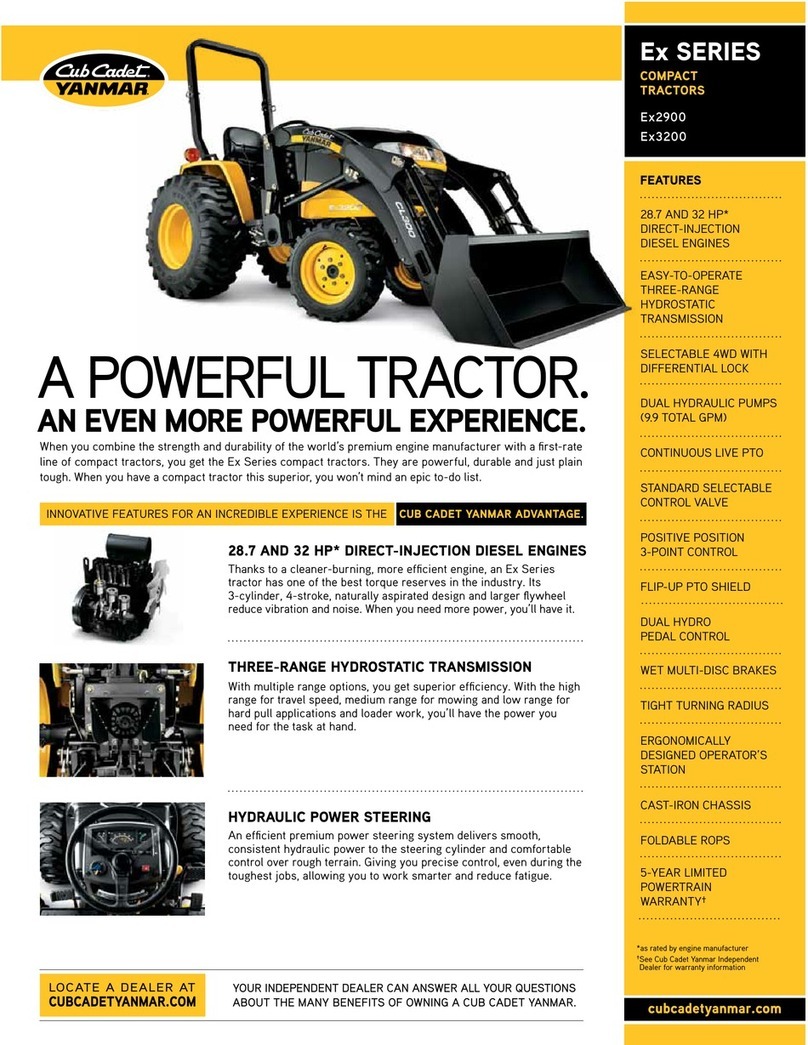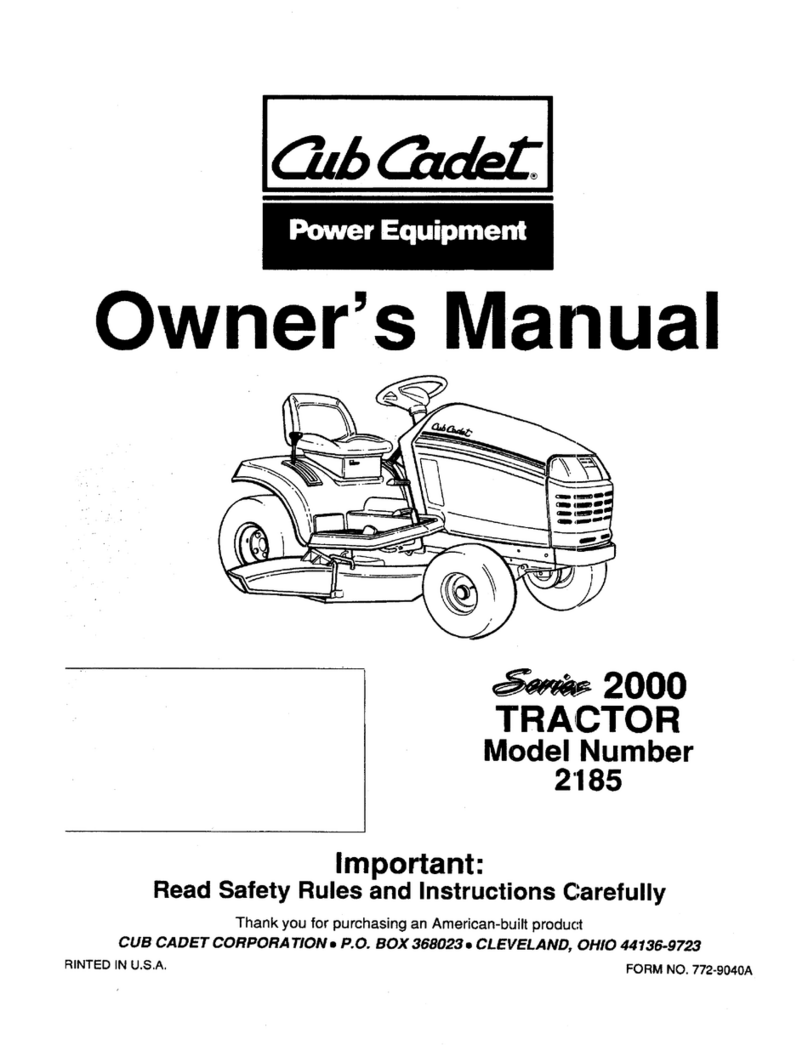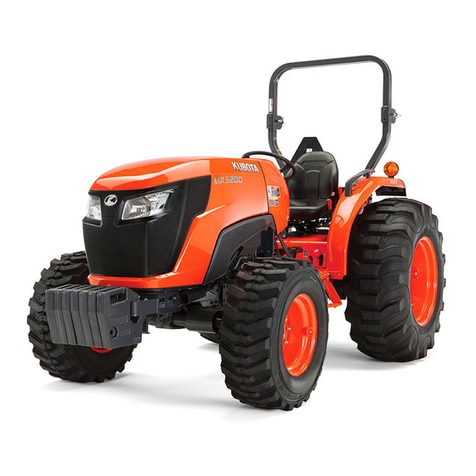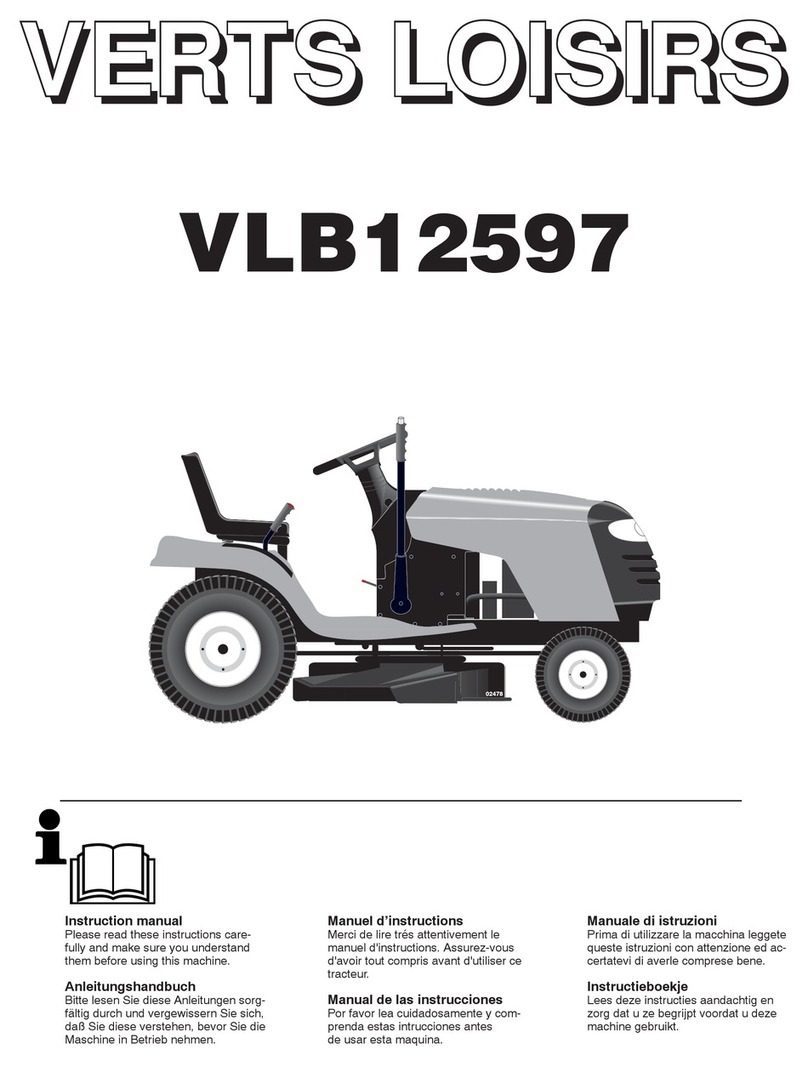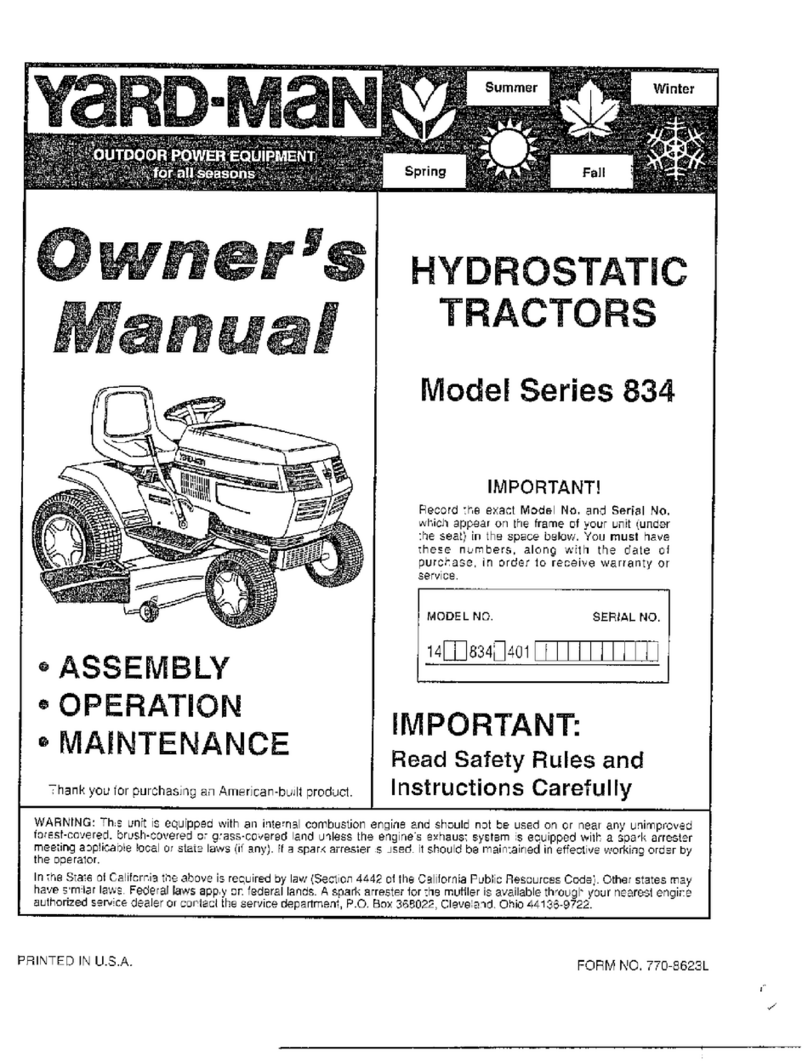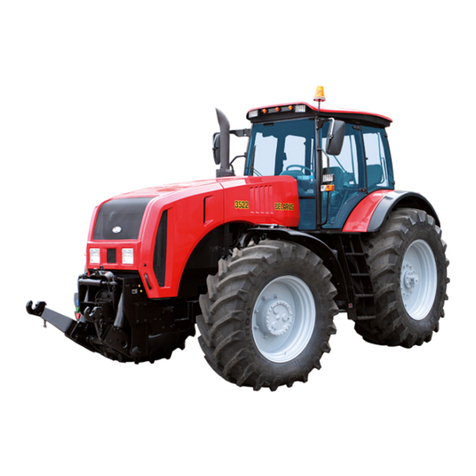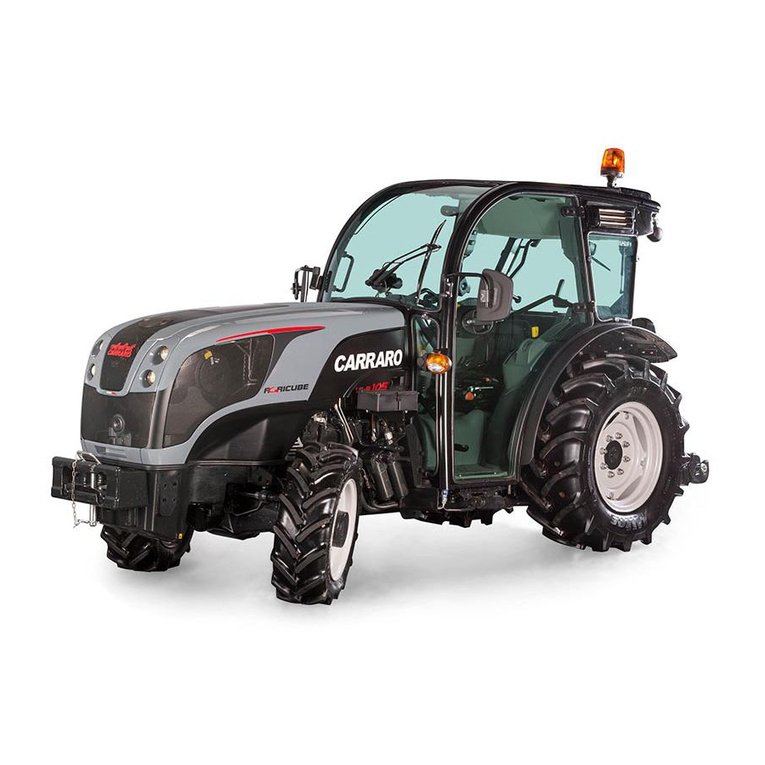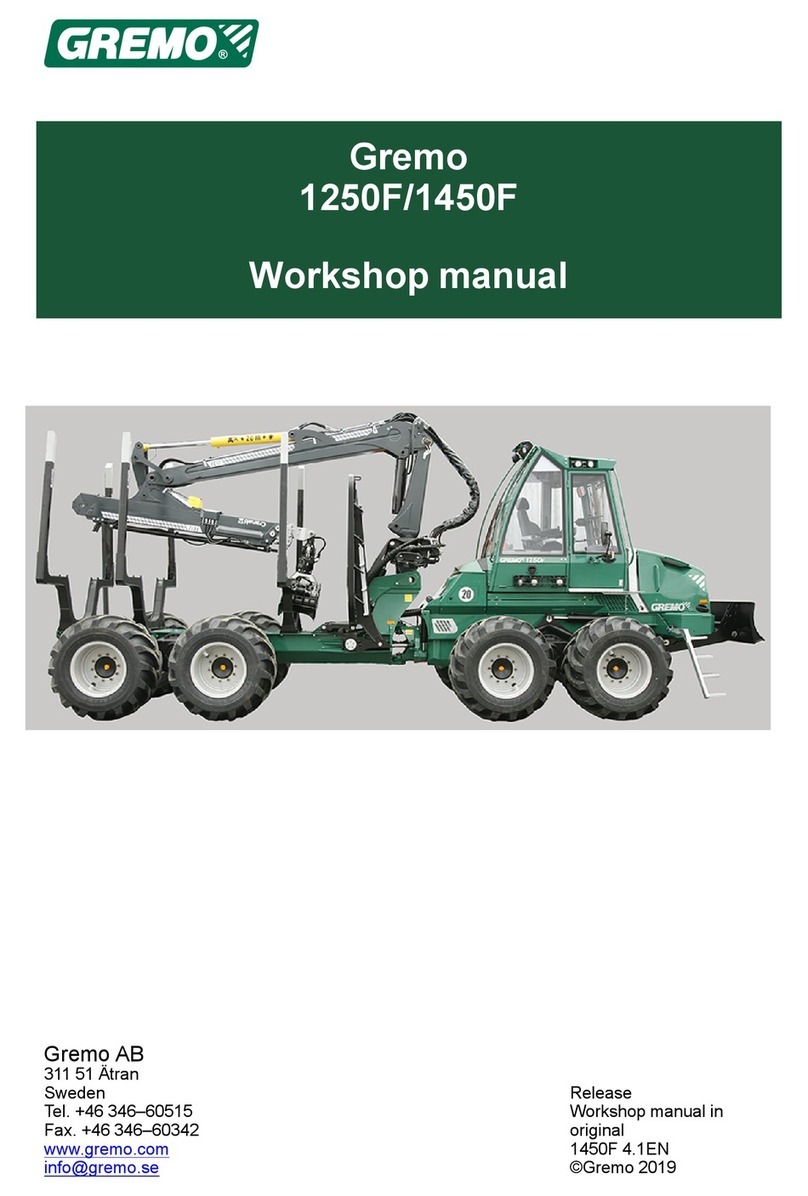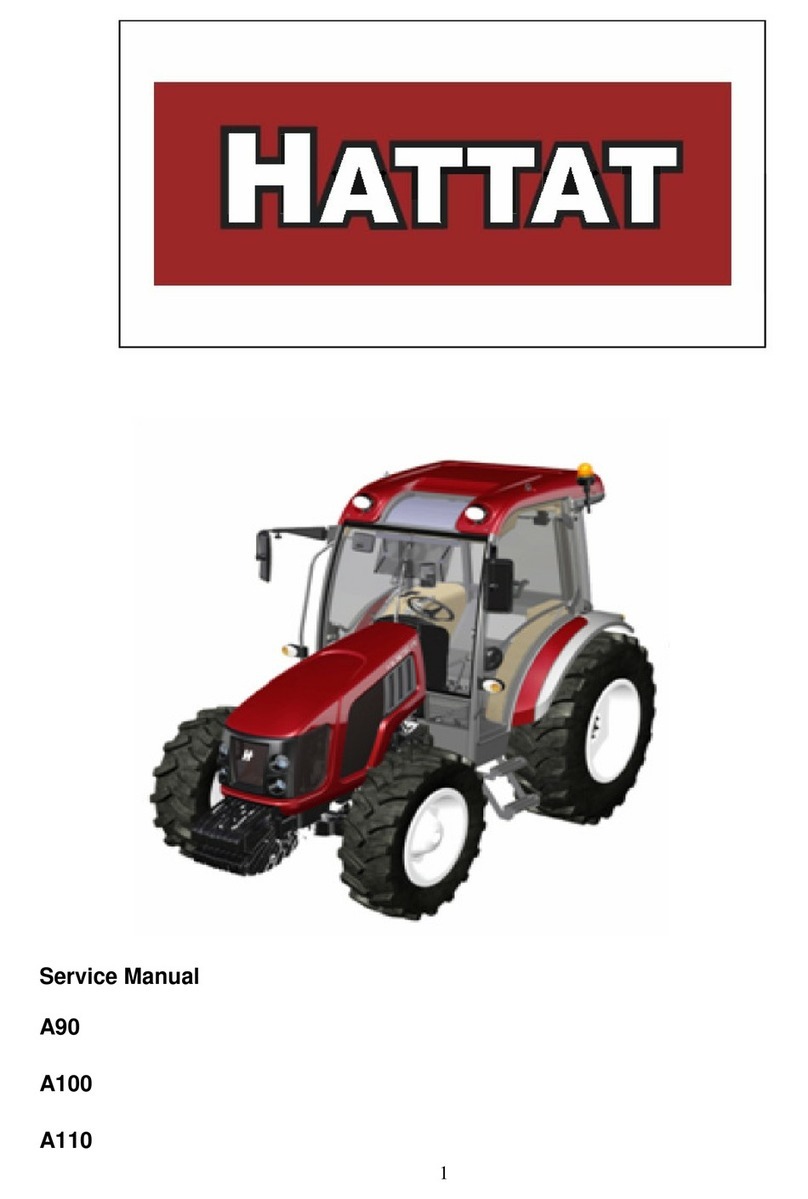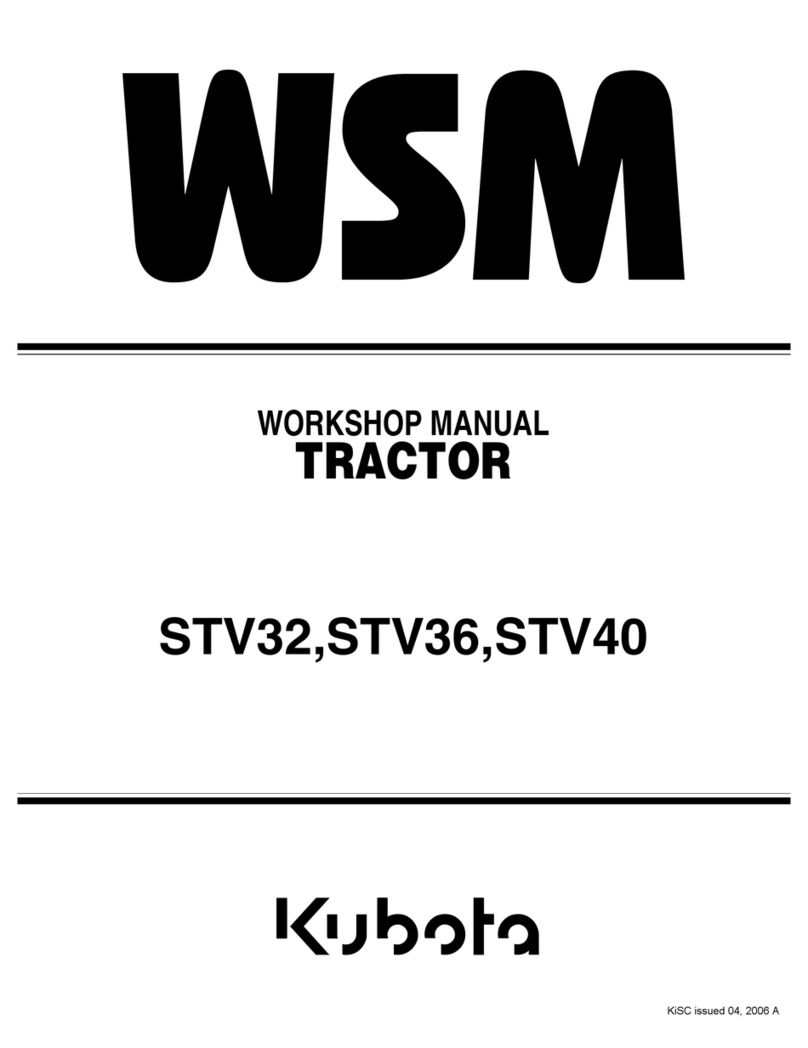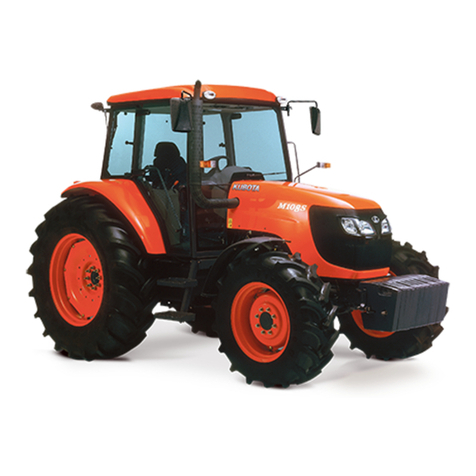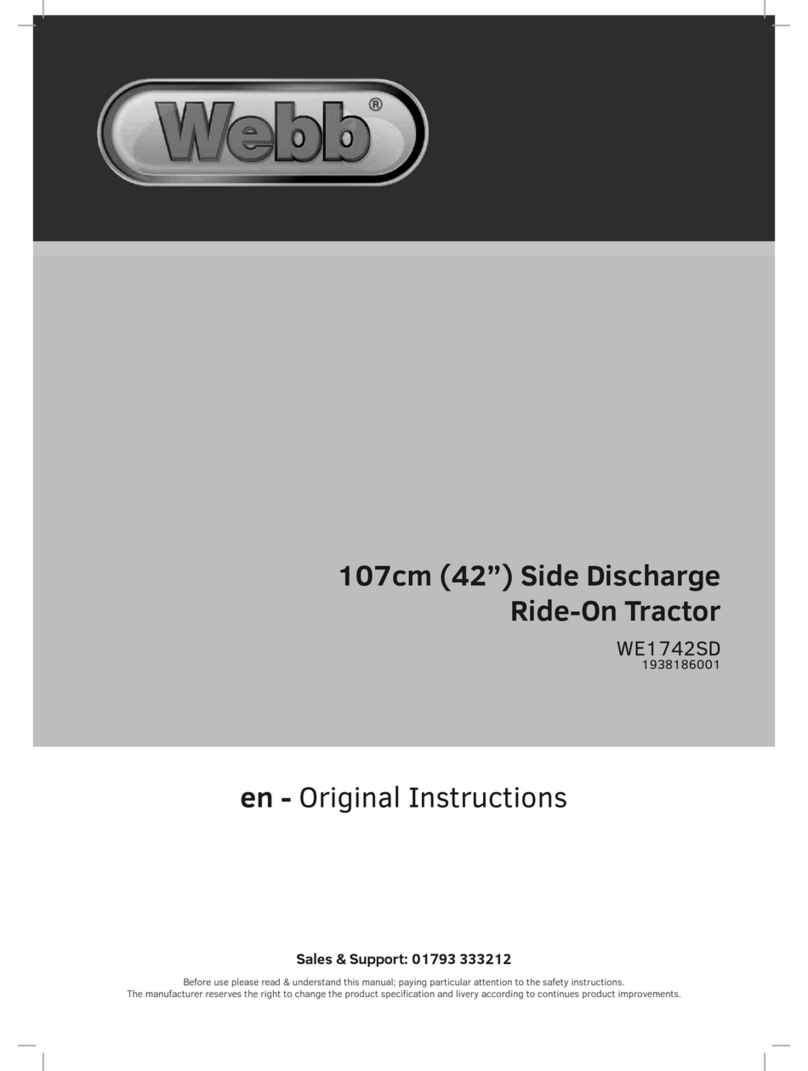
10
Safety information
EN
Safety information
Before using your device for the rst
time, read this instruction manual
carefully and observe the instructions.
Please store away this operating manual for
later use or future owners.
ÎBefore using for the rst time, you must read the
safety information!
Failure to observe the instruction manual and
the safety instructions can result in damage to
the device and danger for the operator and other
persons.
ÎMake sure that you are familiar with all controls
and how to use them correctly.
ÎAll persons involved with the initial set-up, op-
eration and servicing of the device, must have
appropriate qualications.
The making of unauthorised changes or
conversions is not permitted
Do not make any changes to the device or convert
it to make other machinery. Such changes can
result in personal injury and incorrect operation.
ÎRepairs to the device must only be performed
by trained persons who have been instructed to
do so. When doing so always use original spare
parts. This ensures that the safety of the device is
maintained.
Information symbols in this manual
The signs and symbols in this manual should help
you to use the manual and device quickly and
safely.
Note
Information to ensure the most eective and
practical use of the device.
ÎAction step
Prompts you to perform an action.
3Result of action
Here you can nd the result of an action se-
quence.
[1]Item number
Item numbers are indicated in the text by square
brackets [ ].
AIllustration label
Illustrations are numbered with letters and
identied in the text.
1Step number
The dened sequence of steps is numbered and
identied in the text.
Protection of yourself and others
¾Do not let children or persons who have not
read these usage instructions use the device.
¾Do not permit children under the age of 16
to handle this power tool or perform other
work on the device, such as maintenance,
cleaning, adjustment, etc. Local regulations
may determine the minimum age for users.
¾Any person intending to operate this device
must not be under the inuence of intoxicants
such as alcohol, drugs or medicines.
¾Do not use the device if you have not received
appropriate training or are tired or ill.
¾Exercise caution and do not reach into the
cutter blades.
¾Remember that the operator is responsible
for accidents involving other persons and/or
their property.
¾This device may be used by persons with
limited physical, sensory and mental abilities
or a lack of experience and knowledge if they
are being supervised or have been trained
in how to use the device safely and they
understand the dangers associated with it.
¾Do not put the device in operation if there
are people (especially children) or animals in
immediate proximity.
¾Ensure children do not play with the device.
¾Stop moving if you notice that persons
(especially children) or animals are nearby.
¾Always wear sturdy shoes and long trousers
as well as other appropriate personal
protective equipment (safety glasses, ear
defenders, work gloves etc.) when working
with or on the device. Wearing personal
protective equipment reduces the risk of injuries.
Avoid the wearing of loose clothing or clothing
with hanging cords or belts. Working without ear
protection may result in loss of hearing.
